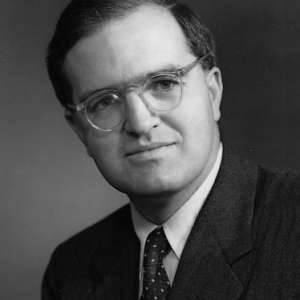
This paper investigates the way in which Robert Hooke constructed his microscopical observations. His Micrographia is justifiably famous for its detailed engravings, which communicated Hooke's observations of tiny nature to his readers, but less attention has been paid to how he went about making the observations themselves.
In this paper I explore the relationship between the materiality of his instrument and the epistemic images he produced. Behind the pictures lies an array of hidden materials, and the craft knowledge it took to manipulate them. By investigating the often counter-theoretical and conflicting practices of his ingenious microscope use, I demonstrate the way in which Hooke crafted the microworld for his readers, giving insight into










































